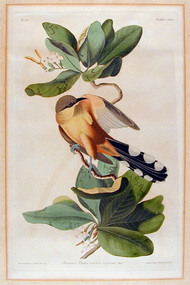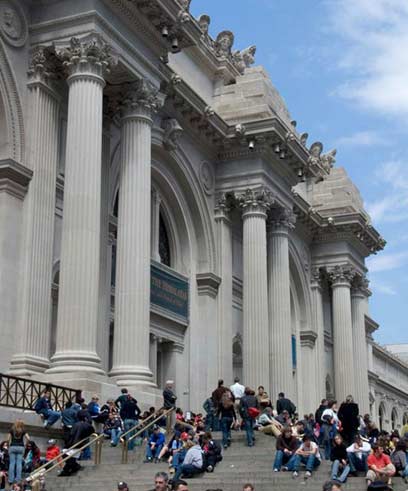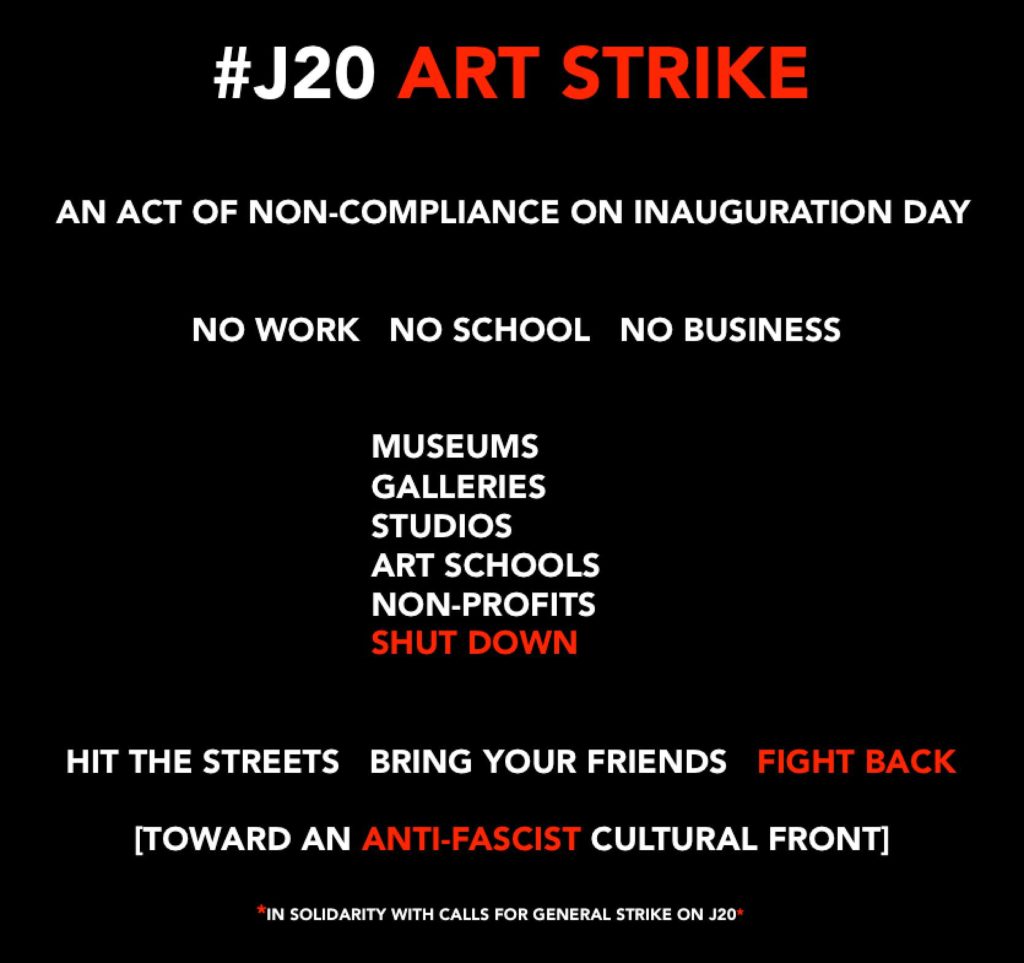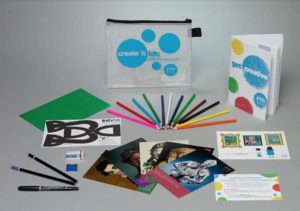At times like these, when not only the United States but also the world is a-twitter–no, forget the pun, much more than a-twitter–seriously concerned about the political direction of so many countries, it may seem trivial to spend time on issues of art. Or even looking at art.
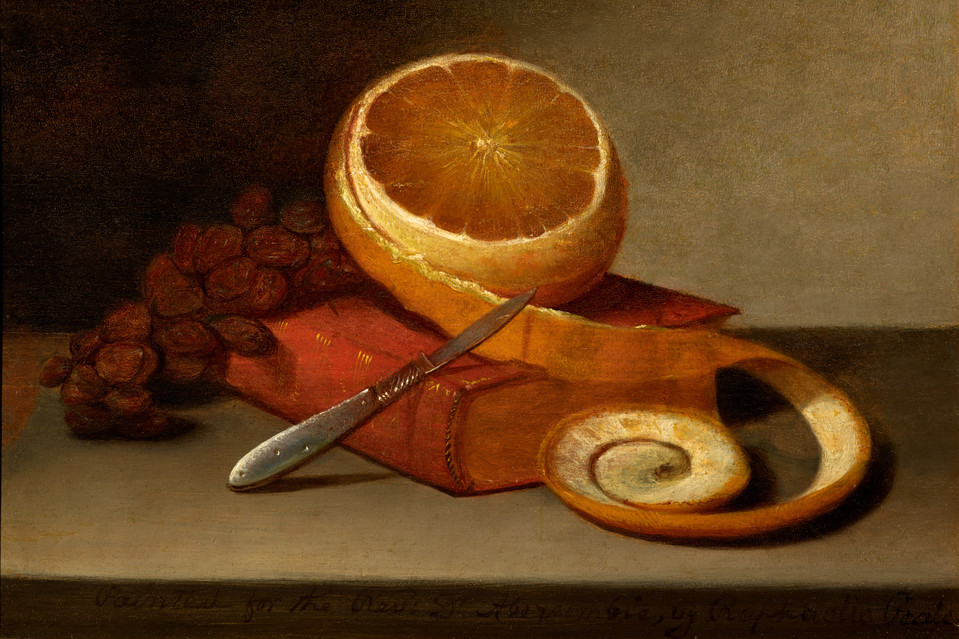 Not really–readers know that I have always fostered the idea of museums as a place to think, to seek knowledge and revelation. I was cheered by the news that Angela Merkel, instead of watching the inauguration of Donald Trump, went to the opening of the Barberini Museum in Potsdam. Far from a dereliction of duty, it was admirable. She can catch up with the speech–and probably already has.
Not really–readers know that I have always fostered the idea of museums as a place to think, to seek knowledge and revelation. I was cheered by the news that Angela Merkel, instead of watching the inauguration of Donald Trump, went to the opening of the Barberini Museum in Potsdam. Far from a dereliction of duty, it was admirable. She can catch up with the speech–and probably already has.
I’ve been looking myself, as you have been. Several days ago, I went to Houston, to see “Two Centuries of American Still-Life Painting: The Frank and Michelle Hevrdejs Collection,” a recently announced gift to the Museum of Fine Arts there. As I write in a review published in today’s Wall Street Journal,
It’s a Texas-sized goal. And if the exhibition doesn’t quite attain it, well, it does succeed on other levels. For one, that private collectors have amassed such a wide range of American still lifes at all is a “unique†feat, writes renowned scholar William H. Gerdts, himself a collector of the genre, in the exhibition catalogue.
The collection doesn’t meet its goal because it’s too small to hit every point in the story. But, as I write at the end, it’s growing, and maybe someday it will.
Meantime, go see it if you can.
Photo Credit: Courtesy of the Museum of Fine Arts, Houston

